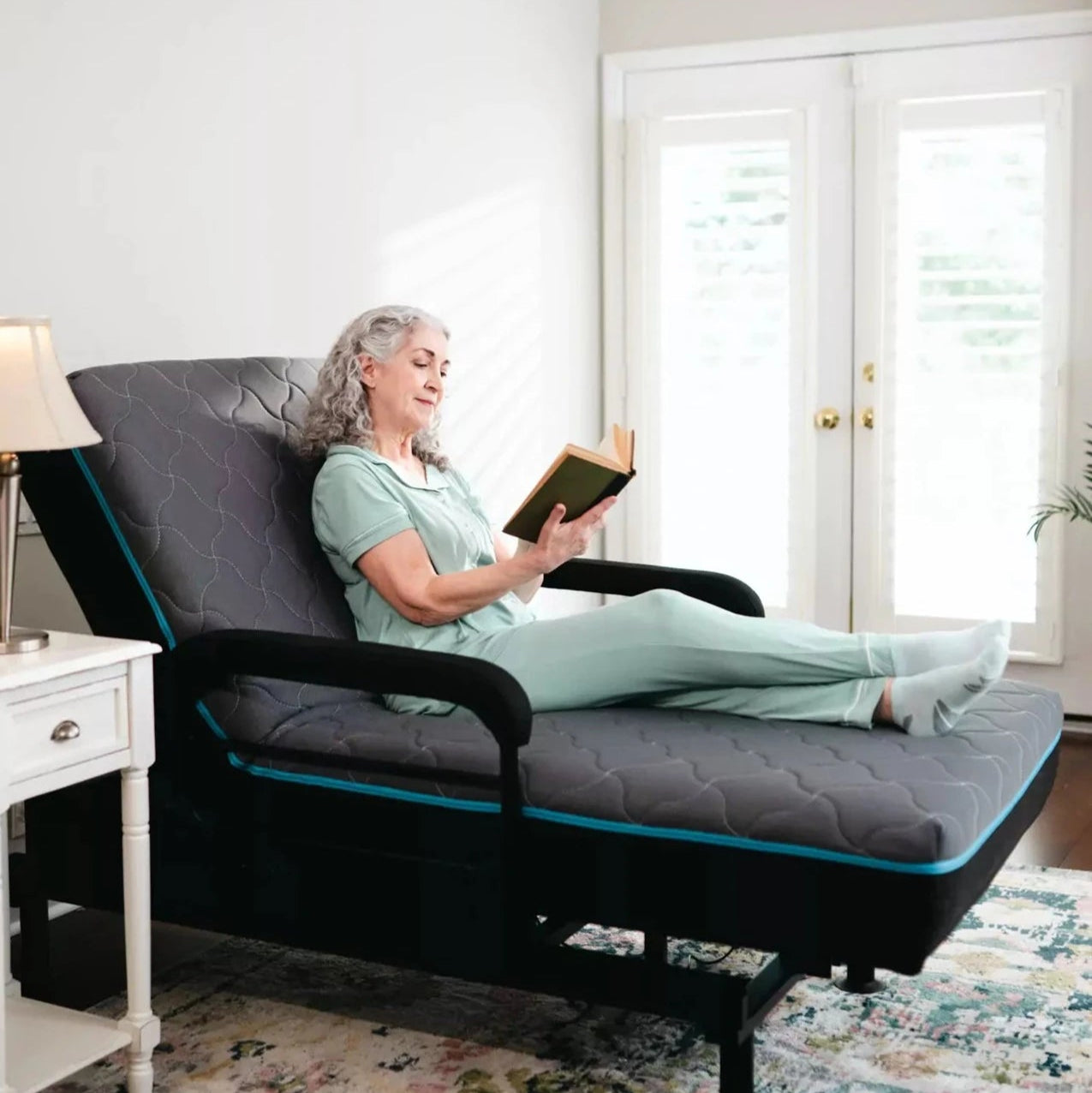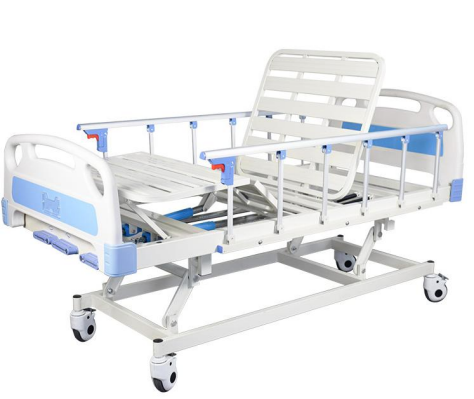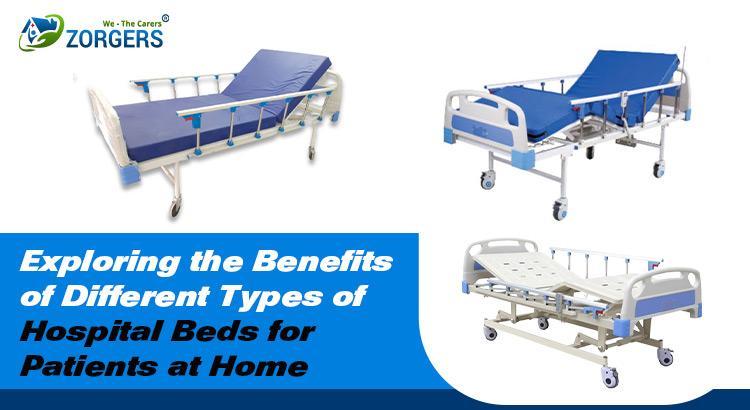Hospital Beds For Home Use Can Be Fun For Everyone
Hospital Beds For Home Use Can Be Fun For Everyone
Blog Article
Some Of Hospital Beds For Home Use
Table of ContentsSome Known Questions About Hospital Beds For Home Use.Top Guidelines Of Hospital Beds For Home UseUnknown Facts About Hospital Beds For Home UseUnknown Facts About Hospital Beds For Home UseThe Hospital Beds For Home Use StatementsSome Known Questions About Hospital Beds For Home Use.Little Known Questions About Hospital Beds For Home Use.
There are three primary kinds of hospital beds: guidebook, semi-electric, and fully-electric. These beds use hand cranks to change the bed's elevation and raise and reduce the head and the foot.
Semi-electric beds have an electric motor to elevate and lower the head and foot portions of the bed. Clients and caretakers readjust the placing by pushing switches making use of a hand necklace. The elevation of the bed is readjusted by hand with a hand crank. Full-electric beds have an electric motor that can increase the head and foot sections of the bed along with the whole elevation and positioning of the bed.
How Hospital Beds For Home Use can Save You Time, Stress, and Money.
Some versions can also relocate into more placements, such as the Trendelenburg (tilt) setting. There are several types of healthcare facility beds, each made to satisfy certain individual demands. Here are some usual types: This is one of the most usual type of health center bed, developed for general clinical usage. It has a manual or electrically adjustable headrest, foot rest, and height.
Reduced to the ground than a basic bed. This sort of bed is made for larger people, with a broader framework and greater weight ability than a typical bed. This sort of bed is developed especially for children, with smaller dimensions than a conventional bed. Unique features such as complete length side rails and cartoon style.
This sort of bed is designed for seriously sick individuals who call for open tracking and specialized clinical tools such as ventilators and infusion pumps. This type of bed is made for usage during labor and distribution, with adjustable positions and features to sustain the mother and baby throughout the birth procedure.
Getting My Hospital Beds For Home Use To Work
Multiple function and the devices perform increasing grip to different parts of the vertebra and the extremities without moving the body. These are just a few examples of the sorts of medical facility beds available. The specific type of bed utilized will depend upon the person's problem, clinical demands, and various other variables.
Right here is the important things you need to recognize. A one-function health center bed is a clinical bed that allows an individual to relocate only the head or foot section up or down. A 2 feature medical facility bed typically refers to a kind of medical bed that has two flexible features to help individuals in hospitals or treatment facilities.

Little Known Facts About Hospital Beds For Home Use.
A 7-function ICU bed is a type of medical bed that supplies a number of flexible features to sustain seriously ill individuals in an extensive treatment device (ICU) (hospital beds for home use). The seven functions normally include: Backrest modification: The backrest can be adapted to numerous angles to aid the patient sit up or relax easily
Elevation modification: The bed can be increased or reduced to make it simpler for clients to enter and out of bed, and for caretakers to give treatment. Trendelenburg setting: The entire bed can be tilted to advertise blood circulation and flow in the body. Reverse Trendelenburg setting: The bed can additionally be slanted in the opposite direction to advertise blood circulation and flow in the upper body.
1. What Size is a Health Center Bed? 2. Just how much Does a Health Center Bed Expense? 3. Why Do Health Center Beds Have Side Bed Rails? 4. What Are The Key Healthcare Facility Bed Parts?. While more economical than electric models, these beds call for exertion for changes. The primary advantages of hands-on beds are their affordability and integrity, as they do not rely upon electrical power. Nevertheless, the need for hand-operated effort try this out can be a limitation in scenarios where fast changes are required or where caregivers deal with physical difficulties.
Hospital Beds For Home Use for Beginners
Semi-electric hospital beds provide a balance you can try these out of handbook and electrical controls. These beds give an ideal middle ground in between manual and completely electrical options, providing simplicity of use without the complete cost of electric versions.
Semi-electric beds are well-suited for clients who require modest adjustments to the head and foot areas however can handle without constant height adjustments. This makes them an economical remedy for those looking for convenience and ease without the demand for continuous repositioning. Completely electric medical facility beds feature electric controls for smooth adjustments to the height, head, and foot sections.
Specialized health center beds, such as ICU beds, lasting treatment beds, and bariatric beds, are thoroughly designed to attend to certain medical demands. These beds offer customized take care of diverse patient groups, boosting both outcomes and convenience. In the adhering to areas, we will certainly check out the major kinds of specialty hospital beds, detailing their details advantages and applications.
With years of experience in manufacturing electrical linear actuators - hospital beds for home use and close cooperation with the health care industry, TiMOTION is well-positioned to offer reliable healthcare options. Our up and down integrated company takes care of every step of the production process, from layout to actuator assembly, ensuring we supply outstanding value and tailored remedies tailored to your specific requirements
Hospital Beds For Home Use - An Overview

To discover more concerning incorporating these technologies right into your products, contact us today. More analysis:.
Information is sourced from the Medicare Price Record. Accessed January 2025. Temporary severe treatment health centers have the greatest ordinary number of beds at 187. They are the most common sort of hospital in the U.S. and make up greater than 50% of united state hospitals. Kid's hospitals have 178 beds usually and VA health centers typical 175 beds.

Hospital Beds For Home Use Can Be Fun For Everyone
A health center bed is a bed made especially for clinical purposes. It is not just an area for individuals to rest, yet additionally a platform for medical operations. Unlike common home beds, medical facility beds typically have flexible functions, which can promote clinical team to make numerous changes according to the requirements of patients, such as transforming the elevation, inclination, and support angle of the back and legs of the bed.
Report this page